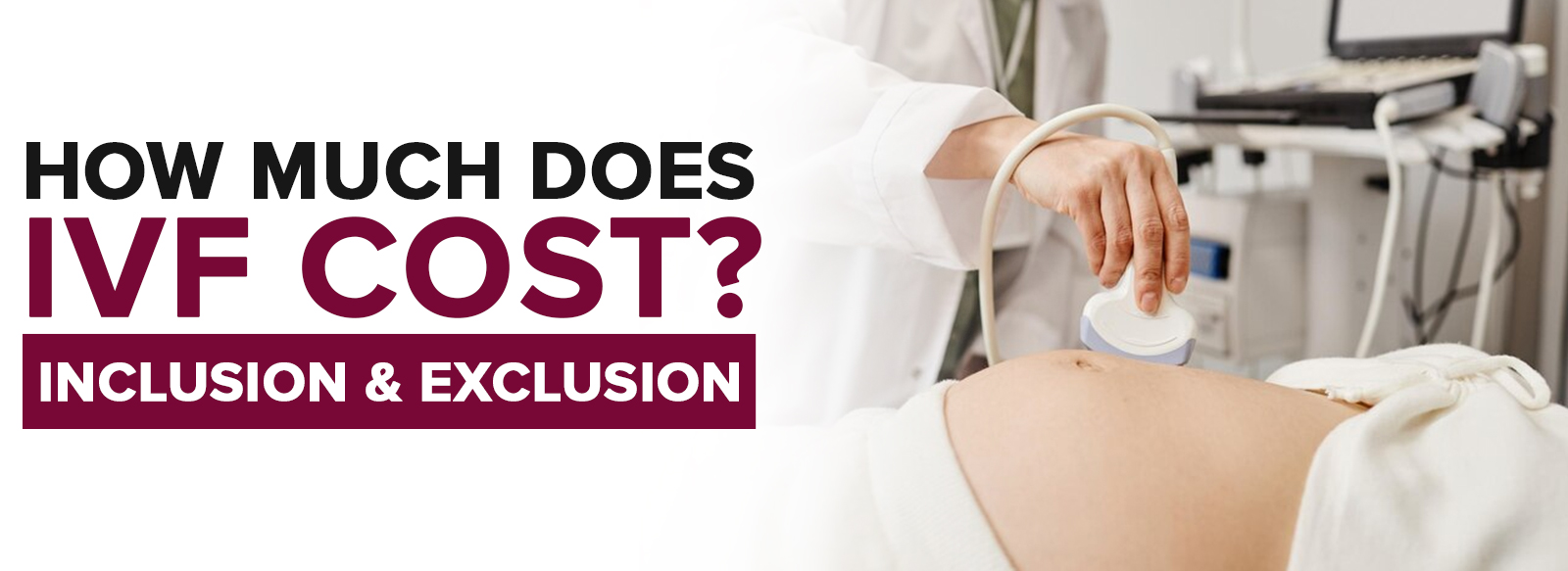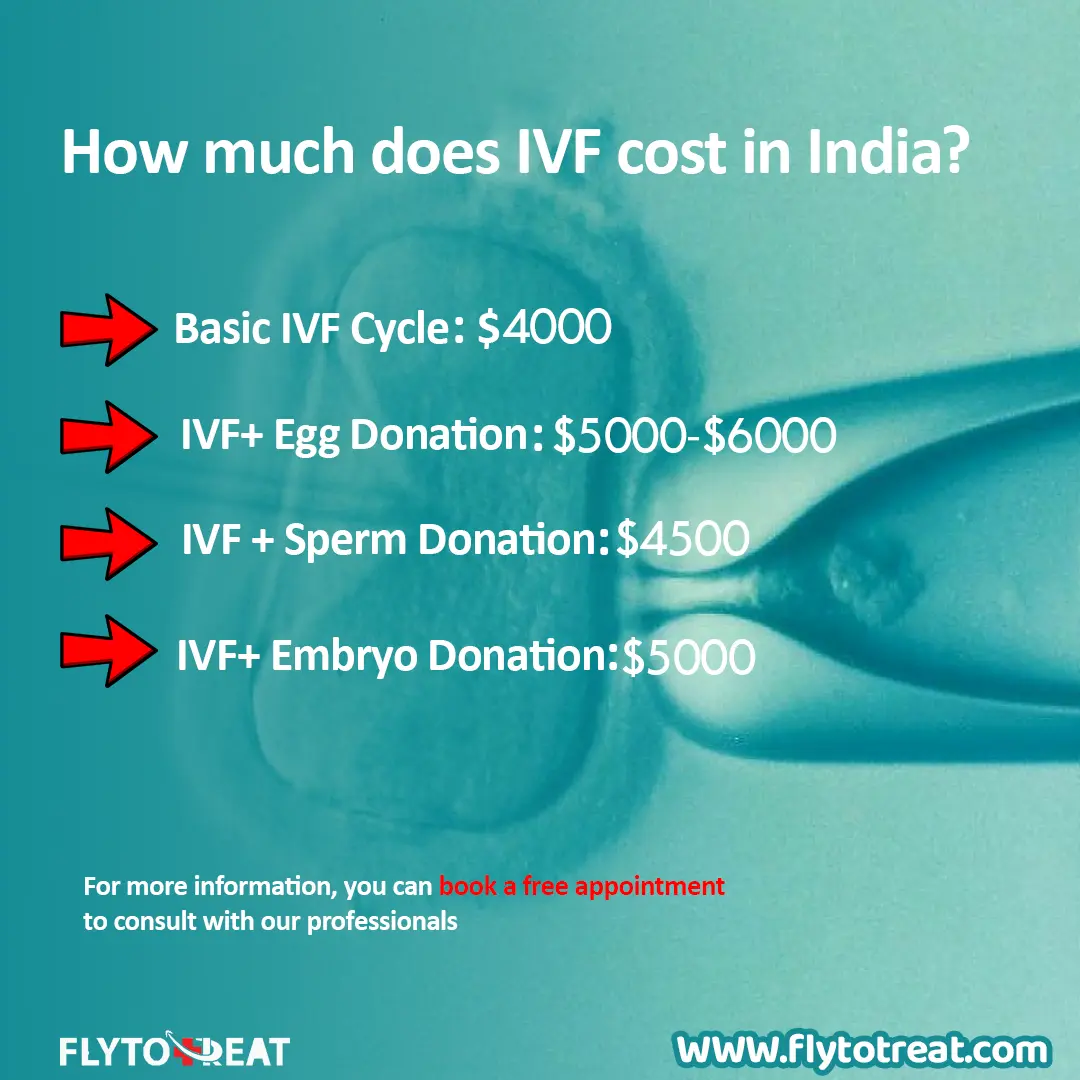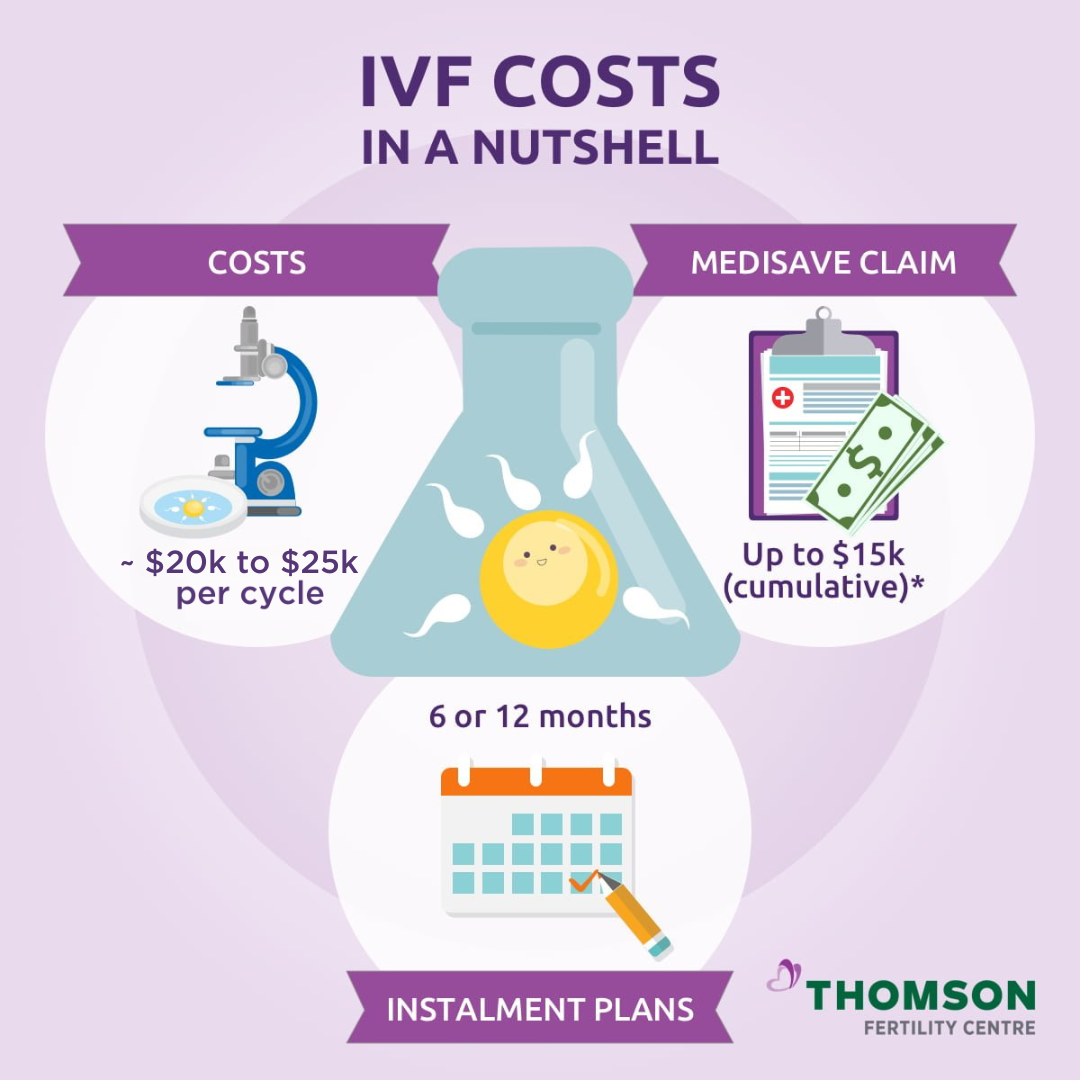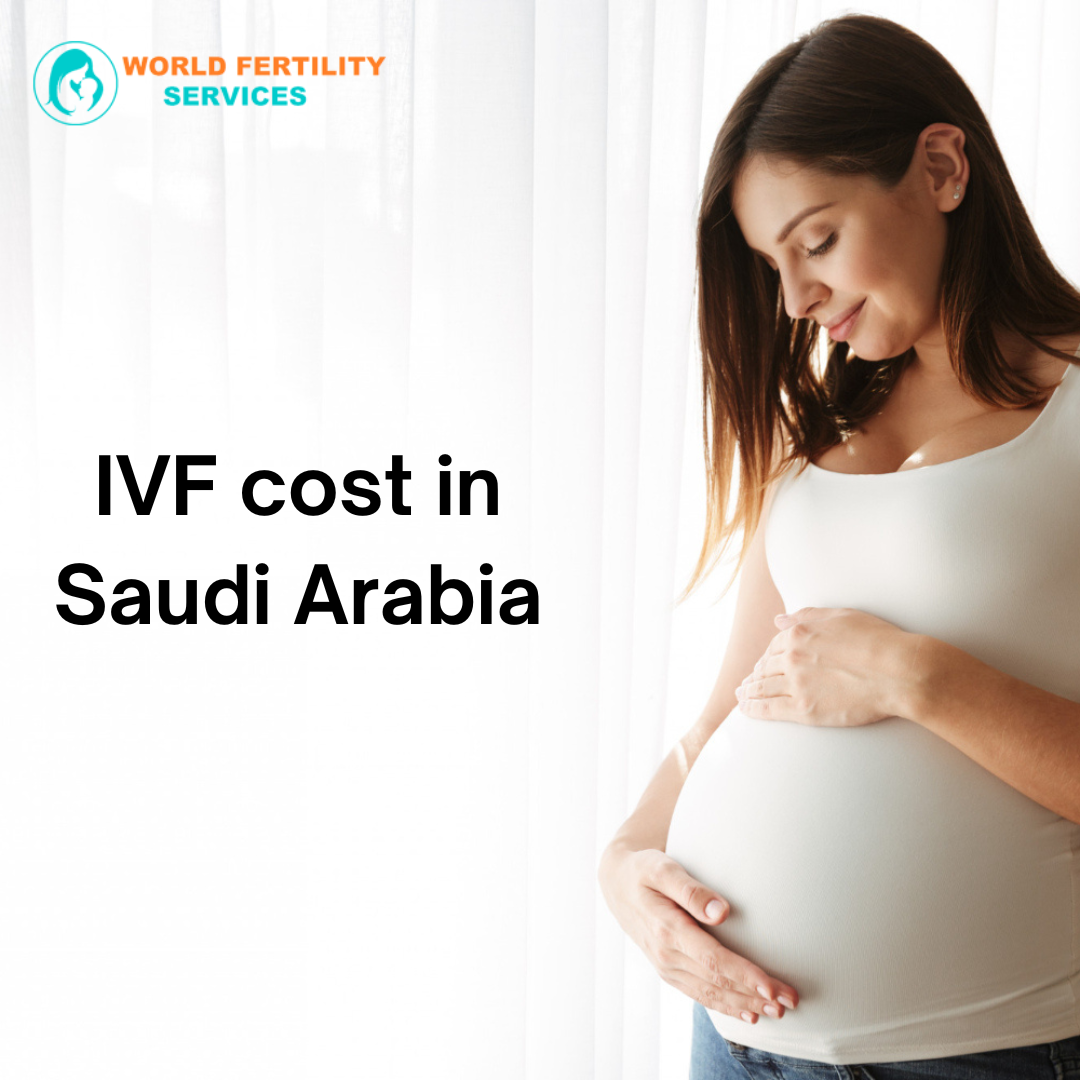How Much Does IVF Cost in California?
If you’re thinking about starting a family through in vitro fertilization (IVF) in California, one of the first questions that pops up is probably: How much is this going to cost me? It’s a big decision—emotionally, physically, and, yes, financially. IVF can feel like a rollercoaster, and the price tag is a huge part of that ride. In California, where everything from gas to groceries seems to carry a premium, IVF costs can vary wildly depending on where you are, what you need, and how you plan to pay for it.
Let’s break it all down together. This isn’t just about numbers—it’s about understanding what you’re paying for, how to make it work for your budget, and what’s new in 2025 that could change the game. Whether you’re in Los Angeles, San Francisco, or somewhere quieter like Bakersfield, here’s everything you need to know about IVF costs in the Golden State.

What’s the Average Cost of IVF in California?
In California, the cost of a single IVF cycle typically ranges from $15,000 to $40,000. That’s a big window, right? Nationally, the average hovers around $14,000 to $20,000, so why the jump here? It’s partly because California has some of the best fertility clinics in the country, and top-tier care comes with a higher price. Plus, the cost of living in places like San Diego or the Bay Area pushes clinic fees up.
A basic IVF cycle usually includes:
- Monitoring appointments (ultrasounds and blood tests to track your progress)
- Egg retrieval (a quick surgery to collect eggs)
- Lab work (where the magic happens—fertilizing eggs with sperm)
- Embryo transfer (placing the embryo into the uterus)
But here’s the catch: that $15,000 to $40,000 doesn’t always cover everything. Medications, extra procedures, or even storage fees for frozen embryos can pile on thousands more. For example, fertility drugs alone can cost $3,000 to $7,000 per cycle, depending on your dosage and how your body responds.
Why Costs Vary So Much
Your final bill depends on a few things:
- Location: Clinics in urban hubs like LA or San Francisco often charge more than those in smaller towns like Encino or Corona.
- Clinic Reputation: Big-name centers with high success rates (think Pacific Fertility Center or UCSF) might have steeper fees.
- Your Needs: If you need donor eggs, sperm, or a surrogate, costs skyrocket—more on that later.
In 2025, a new law (SB 729, signed by Governor Gavin Newsom) requires many insurance plans to cover IVF starting January 1. This could lower out-of-pocket costs for some, but it’s not a magic fix for everyone. We’ll dive into that soon.

Breaking Down the IVF Process and Its Costs
IVF isn’t just one big bill—it’s a series of steps, each with its own price tag. Knowing what you’re paying for can help you budget and avoid surprises. Here’s how it works in California.
Step 1: Initial Consultation and Testing
Before anything starts, you’ll meet with a fertility specialist. They’ll run tests—blood work, ultrasounds, maybe a semen analysis—to figure out what’s going on. This usually costs $250 to $750, depending on how many tests you need. Some clinics bundle this into their IVF package, but others charge separately.
Step 2: Medications for Ovarian Stimulation
To get your ovaries to produce multiple eggs, you’ll take injectable hormones for about 10-14 days. These meds are pricey—anywhere from $3,000 to $7,000 per cycle. Why so much? They’re specialty drugs, and the dosage varies. Younger patients might need less, while someone over 35 might need a higher dose to get the same result.
Step 3: Egg Retrieval
Once your eggs are ready, a doctor retrieves them in a short procedure under anesthesia. This is usually included in the base fee of $9,000 to $14,000 at most California clinics. It’s outpatient, so you’re in and out the same day.
Step 4: Fertilization and Embryo Culture
In the lab, your eggs meet the sperm—either through traditional mixing or a technique called ICSI (where a single sperm is injected into each egg). This is part of the base fee, but ICSI can add $1,000 to $2,500 if it’s needed (say, for male infertility issues).
Step 5: Embryo Transfer
The final step is placing an embryo into your uterus. This is included in the base fee, but if you freeze embryos for later (called a frozen embryo transfer, or FET), that’s an extra $3,000 to $6,400 per transfer.
Hidden Costs to Watch For
- Storage Fees: Freezing embryos or eggs costs $500 to $1,000 per year.
- Extra Monitoring: More ultrasounds or blood tests can add $150 to $500 each.
- Anesthesia: Usually covered, but some clinics charge $500-$1,000 separately.
Here’s a quick table to sum it up:
| IVF Step | Cost Range in California | What’s Included? |
|---|---|---|
| Initial Testing | $250 – $750 | Blood work, ultrasounds, semen analysis |
| Medications | $3,000 – $7,000 | Hormone injections for egg growth |
| Egg Retrieval | $9,000 – $14,000 (base fee) | Surgery, lab work, anesthesia |
| ICSI (if needed) | $1,000 – $2,500 | Sperm injection into eggs |
| Embryo Transfer | Included in base fee | Placing embryo in uterus |
| Frozen Embryo Transfer | $3,000 – $6,400 | Thawing and transferring frozen embryos |
How Many IVF Cycles Will You Need?
Here’s a tough truth: most people don’t get pregnant on their first try. Studies show the average patient needs 2.3 to 2.7 cycles to have a baby. In California, that could mean spending $34,500 to $108,000 total if you’re paying $15,000 to $40,000 per cycle. Success rates depend on age, health, and luck:
- Under 35: About 50% chance per cycle.
- 35-37: Drops to 40%.
- Over 40: Closer to 15-20%.
So, if you’re 38 and budgeting for IVF in San Diego, you might plan for two cycles at $25,000 each—$50,000 total—plus meds and extras. It’s a lot, but knowing this upfront can help you prepare.
Mini Quiz: What’s Your IVF Budget?
Take a sec to think about your situation:
- How old are you? (Younger folks might need fewer cycles.)
- Do you have insurance coverage? (More on this next!)
- Are you open to traveling for cheaper options?
Jot down your answers—they’ll guide your planning.
Does Insurance Cover IVF in California?
Until recently, California didn’t require insurance to cover IVF. That changed with SB 729, signed in September 2024 and effective January 2025. Now, large group health plans (covering 100+ people) must cover infertility treatments, including up to three egg retrievals and unlimited embryo transfers. This is huge for folks with employer-sponsored insurance!
But there’s a catch:
- Not Everyone Qualifies: Small businesses, self-insured employers, and Medi-Cal plans aren’t included.
- Out-of-Pocket Still Exists: Copays, deductibles, and meds might not be fully covered.
- Pre-Approval Hassles: Some plans require you to try other treatments (like IUI) first.
If you’re lucky, your employer might already offer IVF benefits—big companies like Google or Apple often do. Check with HR to see what’s covered. Posts on X in 2025 show people celebrating this law, but some worry it’ll raise premiums for everyone.
Action Step: Talk to Your Insurance
Call your provider and ask:
✔️ Does my plan cover IVF under the new law?
✔️ What’s my copay or deductible?
✔️ Are meds included?
❌ Don’t assume it’s all free—get the details in writing.
Extra Costs: Donor Eggs, Sperm, and Surrogacy
Sometimes IVF needs a little extra help. Here’s what that costs in California.
Donor Eggs
If your eggs aren’t viable (common over 40), donor eggs can boost success rates to 50-60% per cycle. But they’re expensive:
- Fresh eggs: $35,000 to $60,000 (includes donor compensation, retrieval, and legal fees).
- Frozen eggs: $15,000 to $25,000 from a cryobank.
Why so pricey? Donors get paid $5,000 to $10,000, and the process mirrors a full IVF cycle for them.
Donor Sperm
Simpler and cheaper—$1,000 to $1,500 per vial. Great for single parents or same-sex couples. You might need a few vials per cycle, though.
Surrogacy
If you can’t carry a pregnancy, a gestational surrogate can. In California, this runs $80,000 to $130,000, including:
- Surrogate compensation: $40,000-$60,000.
- IVF costs: $20,000-$40,000.
- Legal and agency fees: $20,000-$30,000.
Surrogacy’s legal here, but it’s a big investment. X posts in 2025 highlight how demand’s spiking, driving costs even higher.

Three Things You Haven’t Heard About IVF Costs
Most articles stick to the basics, but here are three under-the-radar factors that could affect your wallet in California.
1. The “Natural IVF” Option
Ever heard of natural IVF? It skips heavy meds, relying on your body’s natural cycle to produce one egg. It’s cheaper—$3,000 to $6,000 per cycle—because you’re not shelling out for drugs. Clinics like Pacific Fertility Center offer it, but it’s not for everyone. If you’re young with good ovarian health, it’s worth asking about. Success rates are lower (10-20%), so you might need more tries, but the savings could add up.
2. Travel Hacks for Cheaper IVF
California’s pricey, but what if you traveled? CNY Fertility in New York or Colorado offers cycles for $5,000-$7,000, including ICSI and anesthesia. Add $500-$1,000 for flights and lodging, and you’re still way under California rates. Some Californians are doing this—X chatter in 2025 shows folks raving about the savings, though wait times can be longer.
3. Tax Deductions You’re Missing
Did you know IVF costs can be tax-deductible? If your medical expenses (including IVF) exceed 7.5% of your adjusted gross income, you can claim them on your federal taxes. For a $50,000 income, that’s anything over $3,750. In California, where state taxes are high, this could save you thousands. Keep receipts for everything—meds, travel, even storage fees.
How to Save Money on IVF in California
IVF’s a big expense, but you’ve got options to lighten the load. Here’s how to stretch your dollars.
Shop Around
Prices vary even within California. A clinic in Bakersfield might charge $7,000-$14,000 per cycle, while one in LA could hit $30,000. Call 3-5 clinics, ask for itemized quotes, and compare. Some, like The Center for Fertility and Gynecology, start natural IVF at $7,500—half the state average.
Financing and Grants
- Loans: Companies like Future Family offer IVF plans starting at $300-$475/month over 60 months. No interest if you qualify!
- Grants: The CNY IVF Grant gives up to $19,000 monthly—open to Californians. Other options like Baby Quest cover full cycles too.
- Clinic Discounts: Places like Pacific Fertility Center have income-based programs (15%-50% off).
Multi-Cycle Packages
Some clinics offer deals for 2-3 cycles upfront—say, $25,000 instead of $15,000 each. It’s a gamble, but if you need multiple tries, it saves cash.
Poll: What’s Your Top Money-Saving Idea?
Which sounds best to you?
A) Traveling for cheaper IVF
B) Applying for a grant
C) Negotiating with a clinic
Drop your pick in your head—or share it with a friend!
Real Stories: What Californians Are Paying
Numbers are one thing, but real experiences bring it home. Here are two quick stories from 2025.
Sarah, 34, San Francisco
“I went to UCSF, and my first cycle was $28,900 with meds. Insurance covered half thanks to the new law, but I still paid $14,000 out of pocket. We froze three embryos, and the FET was $4,500. Baby’s due in August—worth every penny.”
Mike, 41, Los Angeles
“My wife and I used donor eggs at a clinic in Encino. Total cost: $45,000, including $20,000 for the eggs. No insurance, so we took a loan. Second cycle worked—our son’s 6 months old now.”
These show the range—and the hope—at play.

What’s New in 2025 for IVF Costs?
California’s fertility scene is evolving fast. Here’s what’s fresh this year:
- Insurance Mandate: SB 729’s rollout means more coverage, but premiums might rise 5-10% (per Stanford research).
- Telemedicine Boost: Clinics now offer virtual consults, cutting travel costs by $100-$200 per visit.
- AI in Embryo Selection: Some centers use AI to pick the best embryos, adding $1,000-$2,000 but boosting success rates by 10-15% (per a 2024 Fertility and Sterility study).
Your Next Steps: Making IVF Work for You
Ready to dive in? Here’s a simple plan:
- Assess Your Finances: Add up what you can spend—include savings, loans, or family help.
- Check Insurance: Call your provider tomorrow to confirm coverage under SB 729.
- Research Clinics: Pick 3 near you, get quotes, and ask about discounts or natural IVF.
- Explore Extras: Look into grants, tax breaks, or travel options.
- Talk to Someone: A fertility counselor or friend who’s been through it can ease the stress.
IVF’s a journey, not just a price tag. In California, it’s pricey, but with smart planning, it’s doable. You’re not alone—thousands of families here have made it work, and you can too. What’s your first move going to be?




